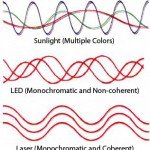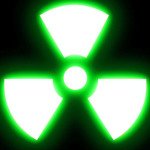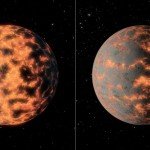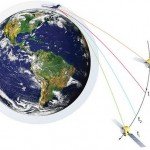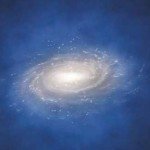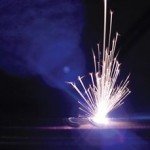5 Body Parts We Don’t Need
From the appendix to wisdom teeth, there are several bits of our bodies that appear to do surprisingly little
1. Appendix – Body
Known properly as the vermiform appendix, it is widely believed to be a vestigial organ – one whose original function has been lost. Even Charles Darwin took an interest in this little structure at the junction between the small and large intestine. He suggested it was used in an earlier form of human to digest plants. It’s a view many biologists still hold today. They think the appendix is the shrunken remains of the caecum, a structure that helped our ancestors digest tough plant matter.
Many species, such as the koala, have lengthy caeca that host bacteria able to break down cellulose – the tough stuff in plant material. Although no negative side effects are found in patients that have their appendix removed when it becomes inflamed, not everyone believes the organ is completely redundant. In 2007, biologists at Duke University, in the US, suggested that it acts as a refuge for bacteria that help our immune systems when an illness flushes them from the rest of our intestines.
2. Tonsils – Throat
Open your mouth wide enough and you’ll see your tonsils – they’re the soft, red areas on either side of the back of the throat. They are made of lymphatic tissue – tissue involved with the immune system. Despite serving as a line of defence against any harmful pathogens that have been swallowed or inhaled, they aren’t essential to the body’s immune system.

Our tonsils are a first line of defence against invaders but we don’t suffer if they are removed after tonsilitis
It’s a fact borne out by the frequency of tonsillectomies – the removal of the tonsils when they become inflamed. That said, we’re still finding out more about them. As recently as 2012, researchers at Ohio State University, in the US, found that they produce T-cells, immune cells once thought to be only produced in the thymus.
3. Gallbladder – Body
Located beside the liver and just above the right kidney, the gallbladder stores bile, or gall. This is a substance that’s released periodically into the small intestine to help emulsify fats in partially digested food so they are more easily absorbed. But it’s not the only organ capable of this. The bile found in the gallbladder is made up of cholesterol, bile salts and waste products. If these get out of balance, then hard stones called gallstones form. These stones are harmless in themselves, but can cause an intense pain known as biliary colic if they become trapped in the opening duct of the gallbladder. In the majority of cases – about 70% – they are formed from cholesterol.

The gallbladder (highlighted in green) can be removed
without hindering an individual’s quality of life
There are methods for treating the presence of trapped gallstones, but the NHS advises that on average only one in 10 cases are successfully treated without surgery, so removal of the organ, which is roughly 8cm long and 4cm wide, is usually advised. Once removed, the liver will simply drip bile directly into the small intestine at a safe pace. Most vertebrates have a gallbladder. There are several species of mammal, however, including horses and rats – as well as several species of bird – that don’t have one.
4. Arrector Pili – Skin
Another hangover from an earlier form of man, the arrector pili are muscles attached to hair follicles all over the human body. These muscles would once have been used to insulate against the cold and retain body heat. Much in the same way as in other mammals, they cause follicles to stand on end, with the aim of trapping warm air between each strand of hair. But because we don’t have a thick coat of hair, this reaction is useless. Since these muscles are linked to the nervous system, contractions of the arrector pili are involuntary.
It’s the pili that are behind goosebumps – when taut, the muscles cause depressions in the skin, raising the surrounding areas. As well as cold temperatures, the pili also contract in response to fear or excitement. Our lack of a fur coat means that again this has little effect. But in some species, it is far more obvious. In porcupines, it extends their quills and in cats it makes their hair stand on end – warding off attackers.
5. Wisdom Teeth – Mouth
If there’s one part of the body you could definitely do without, it’s those pesky wisdom teeth. They are one of the last teeth to emerge in the mouth and once helped our ancestors grind down tough plant material but as human diets have changed, they have become redundant. The human mouth is designed to hold up to 32 teeth, but over time our jaws have reduced in size, so most of us tend to have space for 28 teeth in total. Since there’s little space for these final teeth to come through, they often arrive at an angle: this is called ‘impacting’. Other than causing significant pain, an impacted wisdom tooth can also cause the swelling of soft tissue around an emergent crown, a nasty condition referred to as pericoronitis.









